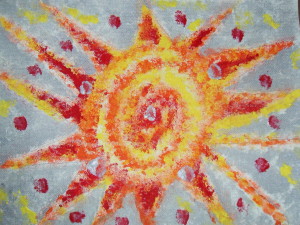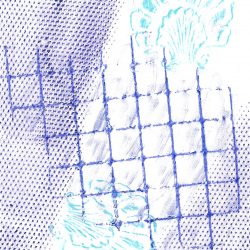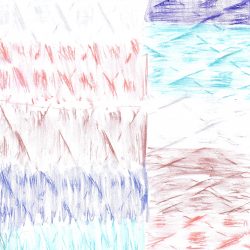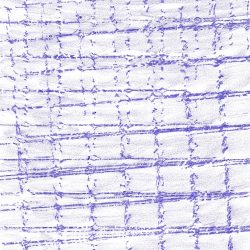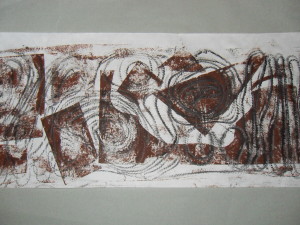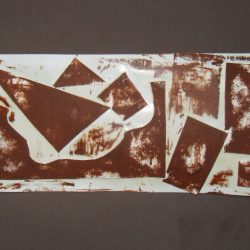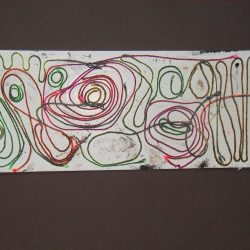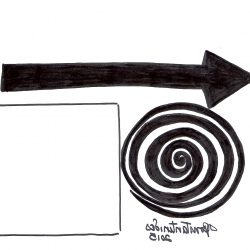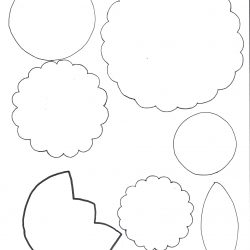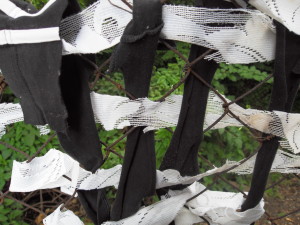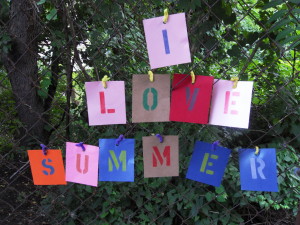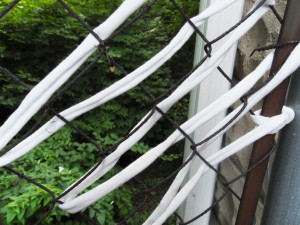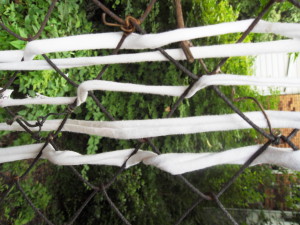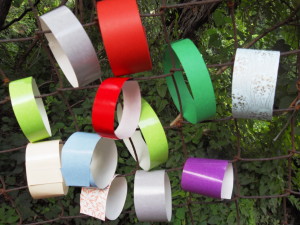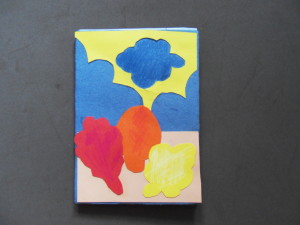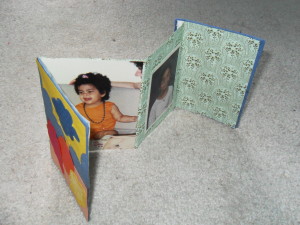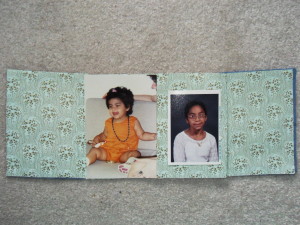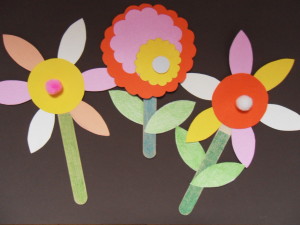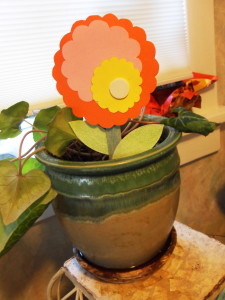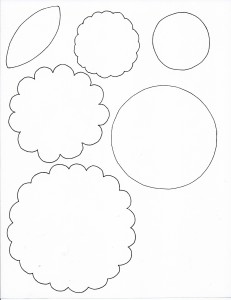HOLIDAY BANNERS!
INTRODUCTION
The Seasons, the Sun, the Moon, and the Stars
In the ancient world, people were fearful and ignorant of the ways of the sun, moon and stars, but they sought to understand nature and its power over their lives. They did not know how to read or write so they drew pictures when they wanted to express their fears, thoughts and feelings.
Ancient people lived and worked in groups or communities and hunted, fished and lived off the land. They planted crops, and at the end of the year, they held a festival to celebrate the results of their hard work. The ancient people called this festival the Harvest. Festivals became a way for the community to express their appreciation of their heritage, to honor the dead, or to recognize important historical events and their national leaders as well as enjoy the bounty of their hard work. It was a time for the community’s leaders to pass on their wisdom and knowledge to the young. These are some of the reasons why we still hold festivals.
We still celebrate the Harvest every autumn with Oktoberfest celebrations and other similar events. Today, most people know how to read and write, but many continue to express themselves through art like our ancestors who lived long ago. We use art to express our celebration of a special holiday or season. Making banners are one way of doing this. We use them to decorate our homes, businesses and schools. We can make these banners large or small and as colorful as we want to make them. Now you, too, can make these banners, just follow the easy directions provided below. Children and adults can make them together or individually at home, school, place of worship, or community center.
BASIC SUPPLIES
Here are some basic supplies that you will need on hand for all the banner designs (some of which are found at home, at the office or school):
Yardstick/ruler
Iron/ironing board
String
Pen or marker
Scissors
Tacky glue
Dowel rods
Popsicle sticks
Pencil/eraser
Paper towels
Felt**
Craft foam sheets**
Poster board
Flexible curve
Templates or stencils
Drawn shapes free-hand or use household products used instead of stencils or templates: round or square plates (large or small), pieces of cardboard and cookie cutters. Use rulers for measuring or use the width of a ruler to draw a wide stripe. The edge of a frame can serve as a triangle. Three hearts whose points meet in the center and stem form a shamrock. Look around you and see the shapes that exist in your home, office or school. Use your imagination.
**Felt squares and craft foam sheets come in various colors and sizes. You can buy them at craft stores as well as online. If you are going to create all the banners in this e-book, see how many foam sheets of each color you will need. For example, if you need a lot of red, it makes sense to buy a large sheet of red instead of one or two small sheets. Do your research first.
PATTERNS
If you do not want to use the patterns provided at the end of the e-book, feel free to draw freehand or to find objects that you can trace. Clip art, picture encyclopedias, and photographs all give visual information about the objects mentioned in this book. The Internet has websites that offer free clip art, photographs and more. Check the information on the website before using. Use these options or none and instead rely on your imagination to create ideas.
STUFF TO KNOW
Feel free to change the measurements. It’s okay to make mistakes. Use your imagination when making those mistakes and include them in the design of the banner. Change colors, combine designs or use your own ideas and you will see that your banner is as beautiful as the original designs in this e-book.
All banners take about one hour to make but that depends on how fast you work. The point is to have fun making them.
COMING SOON: ST. VALENTINE’S DAY CRAFT
Like this:
Like Loading...
